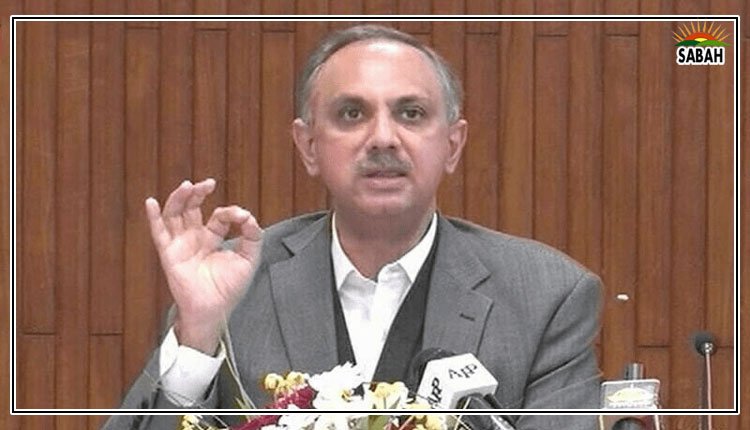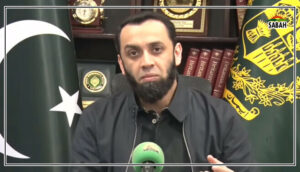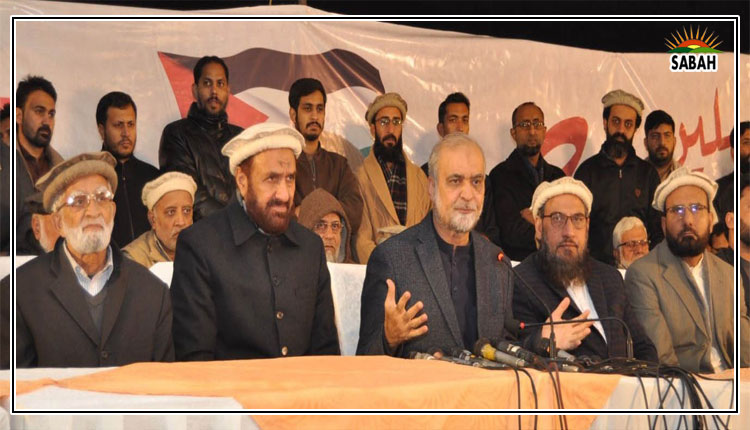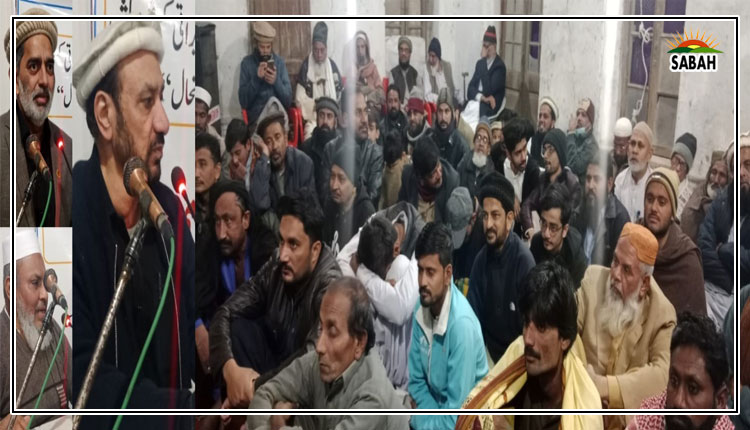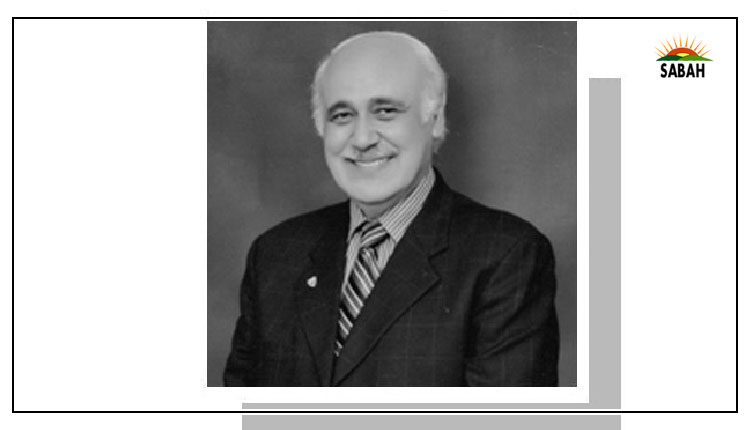Lethal largesse…F.S. Aijazuddin
OVER the centuries, the value of gifts involving royalty have depended on their purpose. Between monarchs, gifts acknowledged equivalence; to commoners, they indicated superiority; and to monarchs they admitted subservience.
Perhaps the most lavish of such gifts were those received between 1500 and 1700 CE by the Russian czars from the Turkish Ottomans and the Iranian Safavids. Being state property, these are now displayed in the Kremlins treasury.
In December 1615, the British envoy Sir Thomas Roe travelled to India to obtain permission for the East India Company to trade there. He met the Mughal Emperor Jahangir and presented him with gifts from King James I an English horse-drawn coach, a scarf, a sword and an English clock.
The emperor reciprocated with a gold cup inset with rubies and emeralds [and] a golden cloak lifted from Jahangirs shoulders. Roe, though, overheard that Jahangir regarded them as insufficient, wondering why, if the king of England was such a great monarch, he should send presents of so small a value.
Even by 1792, the British had not learned. When King George III sent an embassy to China, his mission presented the Qianlong emperor with gifts, including a Herschel telescope, a planetarium, artillery pieces, air pumps and carriages, as well as Wedgwood pottery, chandeliers, clocks and watches. The Chinese emperor remained unimpressed. He returned them, commenting: I set no value on objects strange or ingenious, and have no use for your countrys manufactures.
Later, the East India Company sophisticated the customary exchange of gifts with local rulers by maintaining an inventory of gifts received and given, to ensure parity. Sumptuous gifts were often recycled.
In December 1838, for example, Maharaja Ranjit Singh gave Governor-General Lord Auckland a bed with gold legs, completely encrusted with rubies and emeralds. Two years later, the same bed was passed on by the East India Company to the ruler of Gwalior.
During the heyday of the British Empire, the British monarchy perfected the collection of expensive gifts into an art form. Queen Victoria could never have enough of them. She admired Indian jewellery, even though she did not always wear it in public, excepting the Koh-i-Noor.
Queen Mary visited India twice. She was not averse to accepting gifts from Indian royalty. The maharani of Patiala, on behalf of her peers, gave her a large square of emeralds of historical interest, engraved and set in diamonds and a necklace and pendant of emeralds, set in rosettes of diamonds.
The late Queen Elizabeth II inherited the jewellery, and the habit. In 1967, she accepted from the visiting King Faisal of Saudi Arabia a spectacular necklace in platinum, set with more than 300 diamonds (weighing 80 karats) and 11 pear-shaped pendant diamonds.
The UAE sheikhs, not to be outdone, in 1979 gave the late queen diamond and sapphire jewellery, as well as a solid-gold sculpture of a camel in front of two palm trees with rubies as dates.
This proved a popular model, favoured by foreign businessmen seeking concessions from the Arab sheikhs. One Japanese company tried to be innovative. It presented the Abu Dhabi ruler with a 200-year-old bonsai tree. It came in a custom-built air-conditioned container. The Japanese discovered later that the tree had been left unwatered in the Arabian sun.
Such callous disregard for cultural norms was not an Arab flaw. Many will remember the diamond necklace Mme Erdogan (wife of now President Erdogan) donated in 2010 to help the flood-affected people of Pakistan. It disappeared. It was discovered five years later, coiled around the neck of the wife of a former prime minister.
The recent court case demanding information of all gifts given to state functionaries from 1947 onwards has caught the PDM government off guard. It had no qualms when disclosing the items given by the Saudi crown prince to Imran Khan. It is reluctant to be as forthcoming regarding earlier state gifts. One is that such disclosure would embarrass the donors. Another may be there is nothing left in the Toshakhana.
Where, for example, is the moon rock fragment brought back by US astronauts and gifted in 1970 by president Richard Nixon to the people of Pakistan? It is believed to be in Australia.
Or the expensive bibelots received by former ministers and retired bureaucrats and retained by them as undeclared perks of their official positions?
And where is the gold-plated Kalashnikov and bullets presented to Imran Khan by the governor of Saudi Arabias Tabuk province in 2019?
It requires enormous self-control to resist such lethal largesse. They can seek refuge in Ovids remark: Presents seduce both men and gods.
Courtesy Dawn




